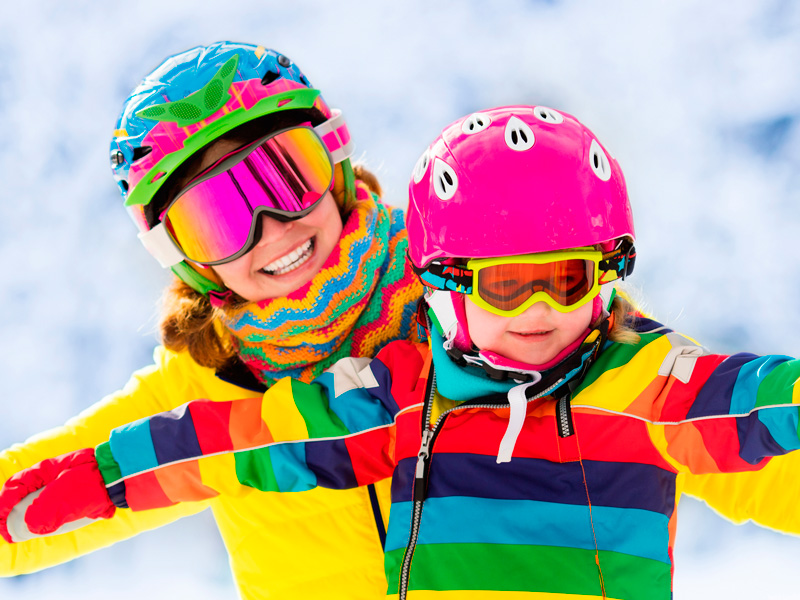Can I take motion sickness tablets if I have glaucoma?
21/10/2025

13/01/2017
The arrival of the winter months, not only implies an increase in the incidence of flus and colds among the smallest of the house, but low temperatures, wind and sun, can be harmful to eye health, especially if you perform winter sports such as skiing or snowboarding.
Why should we protect our eyes in the snow?
We must bear in mind that snow reflects 80-90% of ultraviolet radiation. In addition, for each 1,000 meters the proportion of ultraviolet rays in sunlight increases by 10 percent, so we are more exposed in high mountain areas. It is for this reason that the use of adequate eye protection is essential during the practice of winter sports. We must protect the vision of children, not only while skiing, but at all times when we are exposed to light, because while the child plays in the snow or rides on a sled remains exposed to UVA and UVB rays. In addition, the use of suitable glasses will also protect us from severe weather such as cold or wind, as well as possible trauma or entry of any particle at high speed in the eye.
What kind of protection should we use?
The glasses must be approved, bear the CE mark, and adequately filter UV radiation, otherwise they will be harmful to our children's eye health. As for the type of material, choose a resistant material (polycarbonates, hardened organic) against impacts and scratches, and light, so that the child can carry them comfortably throughout the day. If the glass is also polarized, it will substantially reduce uncomfortable light reflections. Regarding the shape, it is preferable that they are anatomically customized to achieve a better fit. If they are not well adapted, they can allow unwanted radiation to enter the sides.
In the case of patients with refractive errors (myopia, hyperopia, astigmatism), contact lenses may be used in combination with glasses with suitable filter, or prescription sport eyeglasses can also be used.
What injuries can solar radiation produce?
Poor sun protection in the snow can have consequences on the eye health of the small ones in the short as well as the long term. One of the most frequent pathologies during skiing practice is solar keratitis, also known as "winter blindness". It is an inflammation of the cornea produced by acute exposure to UV radiation. Symptoms begin at 6-12 hours after prolonged sun exposure and include eye redness, tearing, severe pain, photophobia, and blurred vision. Among the pathologies that the sun can cause in the long term, it is worth noting cataracts, degenerative problems in the eyelids and conjunctiva and lesions in the retina.
We must remember that the damage caused by excessive sun exposure is cumulative, with children and adolescents especially vulnerable, because their visual system is in full maturation process. Following these tips, together with other measures such as regular eye check-ups, adequate visual hygiene and a varied diet, we will certainly guarantee an adequate visual development of our children.
We chatted with our pediatric optometrist Susana Escalera, who sees about 30 children a day in her office. Her experience and skills are paramount to a successfult eye exam of these small patients, some of whom are still a baby. It seems like a simple task, but it is not.